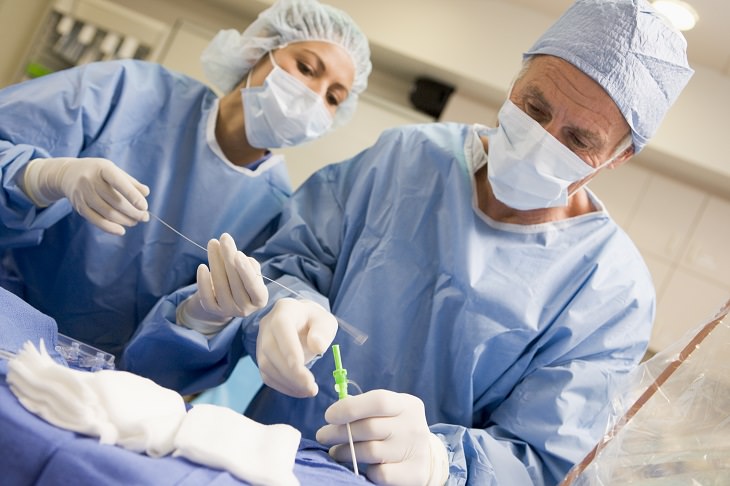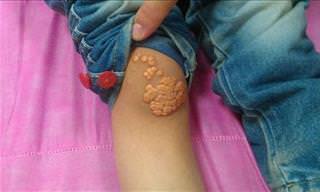Dr. David Wood’s patients have a rather unique schedule the week that they see him. It goes something like this: go to the hospital, have heart surgery, head home a few hours later and go back to work the next day.
This speedy recovery is possible due to a minimally invasive heart surgery technique, which Dr. Wood, a Vancouver cardiologist, has been pioneering for the treatment of aortic heart valve disease. The procedure, known as 3M transcatheter aortic valve replacement, has been carried out successfully on 411 patients in Canada and the United States.
It’s so minimally invasive that Dr. Wood assures it will blow people away. In an interview with The Canadian Globe and Mail, Wood said that “you have no breathing tube, no catheter in your bladder, you can return to work the next day, you could be driving the next day. These are things that I think the average person can’t believe are feasible in 2017.”
All of Dr. Wood’s patients are awake for this procedure, which lasts just 45 minutes, and all were able to get back on their feet just a few hours later. 80% of patients get to go home the next day.
The 3M procedure joins a growing trend of technologically-assisted, minimally-invasive techniques that are changing the way that doctors perform life-saving and life-changing surgery. Robots are now carrying out rapid brain surgery and minimally invasive eye surgery, and hospitals are making use of virtual reality to train surgeons. In the future, brain implants might be a common tool in treating mental health and driving our species’ evolution.
Minimally Invasive Medicine
Open heart surgery traditionally requires general anesthetic, which places the patient in a medically induced coma and requires them to be connected to a ventilator, so they continue to breathe. Doctors then cut open the sternum, and spend 3-4 hours working on the heart.
In surgery for aortic heart valve disease, a damaged aortic valve – which pumps oxygenated blood out to the body – is usually replaced with a mechanical valve or donated tissue. Patients who receive this traditional form of surgery usually require several weeks of rest.
Circumventing this long and stressful ordeal, with Dr. Wood’s technique, the surgeon places a tube the width of a pinkie finger into the patient’s leg. They then move a balloon through the tube and into the heart valve to expand it, followed by instruments to install the new valve. One of the study’s participants, Max Morton from British Colombia, had the procedure at the age of 79 at the Vancouver General Hospital, a decade after he had open heart surgery.
Morton in an interview declared that, “within 24 hours I thought, well, this is nice. It was such an amazing experience being awake for the whole thing.” He reported that five days later he was able to go and enjoy some fishing.
Source: futurism
Images: depositphotos
 Go to BabaMail
Go to BabaMail


























